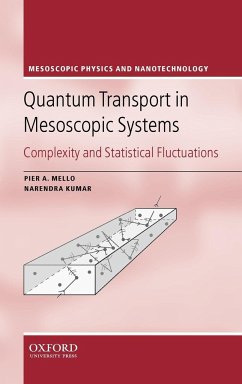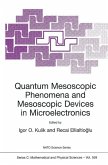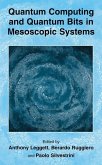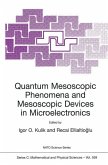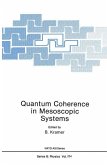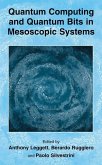This book presents the statistical theory of complex wave scattering and quantum transport in physical systems which have chaotic classical dynamics, as in the case of microwave cavities and quantum dots, or which possess quenched randomness, as in the case of disordered conductors - with an emphasis on mesoscopic fluctuations. The statistical regularity of the phenomena is revealed in a natural way by adopting a novel maximum-entropy approach. Shannon's information entropy is
maximised, subject to the symmetries and constraints which are physically relevant, within the powerful and non-perturbative theory of random matrices; this is a most distinctive feature of the book.
Aiming for a self-contained presentation, the quantum theory of scattering, set in the context of quasi-one-dimensional, multichannel systems, and related directly to scattering problems in mesoscopic physics, is introduced in chapters two and three. The linear-response theory of quantum electronic transport, adapted to the context of mesoscopic systems, is discussed in chapter four. These chapters, together with chapter five on the maximum-entropy approach and chapter eight on weak
localization, have been written in a most pedagogical style, suitable for use on graduate courses. In chapters six and seven, the problem of electronic transport through classically chaotic cavities and quasi-one-dimensional disordered systems is discussed. Many exercises are included, most of which are worked
through in detail, aiding graduate students, teachers, and research scholars interested in the subject of quantum transport through disordered and chaotic systems.
Hinweis: Dieser Artikel kann nur an eine deutsche Lieferadresse ausgeliefert werden.
maximised, subject to the symmetries and constraints which are physically relevant, within the powerful and non-perturbative theory of random matrices; this is a most distinctive feature of the book.
Aiming for a self-contained presentation, the quantum theory of scattering, set in the context of quasi-one-dimensional, multichannel systems, and related directly to scattering problems in mesoscopic physics, is introduced in chapters two and three. The linear-response theory of quantum electronic transport, adapted to the context of mesoscopic systems, is discussed in chapter four. These chapters, together with chapter five on the maximum-entropy approach and chapter eight on weak
localization, have been written in a most pedagogical style, suitable for use on graduate courses. In chapters six and seven, the problem of electronic transport through classically chaotic cavities and quasi-one-dimensional disordered systems is discussed. Many exercises are included, most of which are worked
through in detail, aiding graduate students, teachers, and research scholars interested in the subject of quantum transport through disordered and chaotic systems.
Hinweis: Dieser Artikel kann nur an eine deutsche Lieferadresse ausgeliefert werden.

